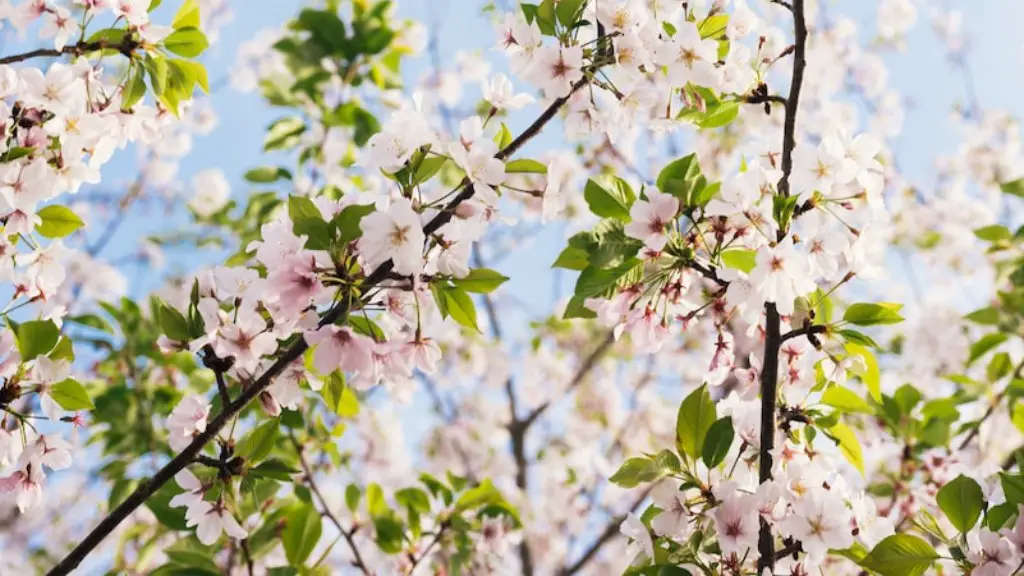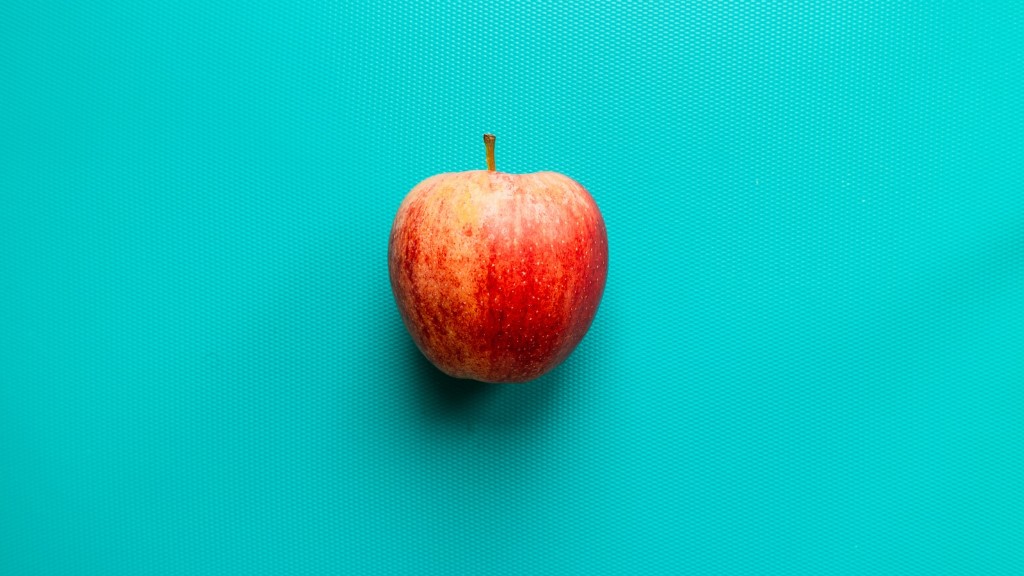Pruning Essentials
Weeping cherry blossom trees are coveted for their graceful, cascading branches that make them a popular landscape feature in many neighborhoods. When it comes to pruning them, however, it should not be done lightly. Pruning weeping cherry trees can have dramatic and far-reaching effects on the look and health of the tree, so it is important to understand the essentials before anything is done.
The best time to prune a weeping cherry tree is usually in late winter, when the tree is dormant. This way, the tree has its natural defenses for recovering from the pruning intact. At this time of the year, it is also less likely to suffer infection or other adverse effects. It’s also important to ensure that the process of pruning is done correctly. Incorrect pruning can cause the balance of the tree to be distorted and cause it to be more susceptible to disease and other problems.
Creating a Stunning Visual Impact
When it comes to pruning a weeping cherry tree, it is important to remember that less is often more. Abrupt or too much pruning can limit the stunning visual impact of the cascading branches. The goal is to create a tree that looks carefully shaped as opposed to one that looks overly pruned. If the tree is pruned too much, the graceful visual impact is lost and it looks unnatural.
When pruning, it’s important to remove only the necessary branches and excessive branching. This can be done by lightly thinning the branches and shortening the lateral branches. Prune the branches that are growing at an angle to the ground and any branches that are growing too close to each other. It’s also important to prune any branches that are spindly, weakened, or dead.
Increasing Air Circulation
Another important goal of pruning a weeping cherry tree is to ensure proper air circulation in the canopy of the tree. This helps the tree stay healthy, as proper air circulation helps reduce the potential for disease and insect infestations. By carefully thinning the branches and removing any overly crowded branches, circulation within the tree can be improved. Pruning also helps remove overcrowded and diseased branches that can lead to issues with the leaf structure of the tree resulting in a reduced ability to generate food.
Avoid Overly Ambitious Pruning
It is important to remember that creating a stunning visual impact is the goal of pruning a weeping cherry tree and overly ambitious pruning can be damaging to the health and look of the tree. Before tackling any significant pruning project, it is a good idea to seek professional advice from an arborist or other tree expert to ensure that the project is done correctly.
Minimizing Stress on the Tree
When pruning a weeping cherry tree, it is important to keep the stress of the pruning to a minimum. This means pruning when the tree is dormant, using proper pruning techniques, and only removing the necessary branches. Wheeled tree pruners, or telescoping pruners, are a great way to ensure that pruning is done correctly. It can also be beneficial to feed the tree with a fertilizer that contains nitrogen and calcium in late winter or early spring after pruning is finished.
Disease Prevention
Pruning a weeping cherry tree helps reduce the potential for disease by removing branches that are too close together, excessively long, or in less than desirable positions. Pruning also helps to create an environment where airflow is maximized, thus reducing the potential for disease and fungal growth. This can be especially beneficial for trees in highly humid climates.
Protection from Pests
Pruning is also important for protecting the tree from pests. Pruning helps reduce overcrowding, which is a major source of insect infestations. The less density in the canopy, the less attractive the tree is to pests. Thinning out branches also helps to keep the branches from crowding each other, which can create issues with plant vigor and the overall health of the tree. Additionally, pruning away dead, diseased, or overly weak branches helps prevent pests from attacking the tree in those areas.
Choosing the Right Pruning Tools
When pruning a weeping cherry tree, it is important to have the right tools. Pruning shears or loppers are ideal for removing branches up to ½ inch thick. It is always better to use pruning tools with sharp blades and replace the blades when they become dull. They should be cleansed and sterilized with a mild bleach solution between each use to prevent the spread of disease. Power pruners and pole pruners should always be used with caution, and only used when necessary, as they can cause damage to the tree if used incorrectly.
Proper Pruning Techniques
When pruning a weeping cherry tree, it is important to always use proper pruning techniques. Pruning bars or pruning shears should be used in a smooth sawing motion and never with a jerking or hacking action. Additionally, all cuts should be made at a corner to avoid making a wound in the tree. Once the pruning is complete, it is important to use a lubricant to treat the wounds and reduce the potential for disease and insect infestations.
Protecting Against Extreme Weather
Pruning a weeping cherry tree can help protect it from extreme weather conditions. This is because pruning helps to reduce the amount of foliage, which decreases the risk of wind and ice damage. Pruning also helps enhance the look of the tree, providing more even shade and reducing the risk of damage from hail, strong winds, and ice storms. Additionally, pruning helps to increase the tree’s tolerance to stress and encourages more healthy growth.
Healthy Soil Conditions
The soil around a weeping cherry tree should be kept in healthy condition. Weeping cherry trees require a soil with plenty of organic matter and nutrients, and this should be maintained throughout the year. Pruning the bigger branches of the tree helps to ensure that the light and air needed to keep the soil healthy are maximized. Additionally, mulching around the base of the tree helps to retain moisture and provide additional nutrients to the soil.
Proper Pruning Schedules
Pruning a weeping cherry tree should be done on an annual basis, and it’s important to stick to the proper schedule. Pruning the tree in the spring helps to keep the growth in balance, while pruning in the summer helps to maintain the size of the tree. Winter pruning helps to remove dead or damaged branches, while fall pruning helps to enhance the visual appeal of the tree. By following the proper schedule, a tree owner can help ensure that their tree remains healthy and beautiful for many years to come.



